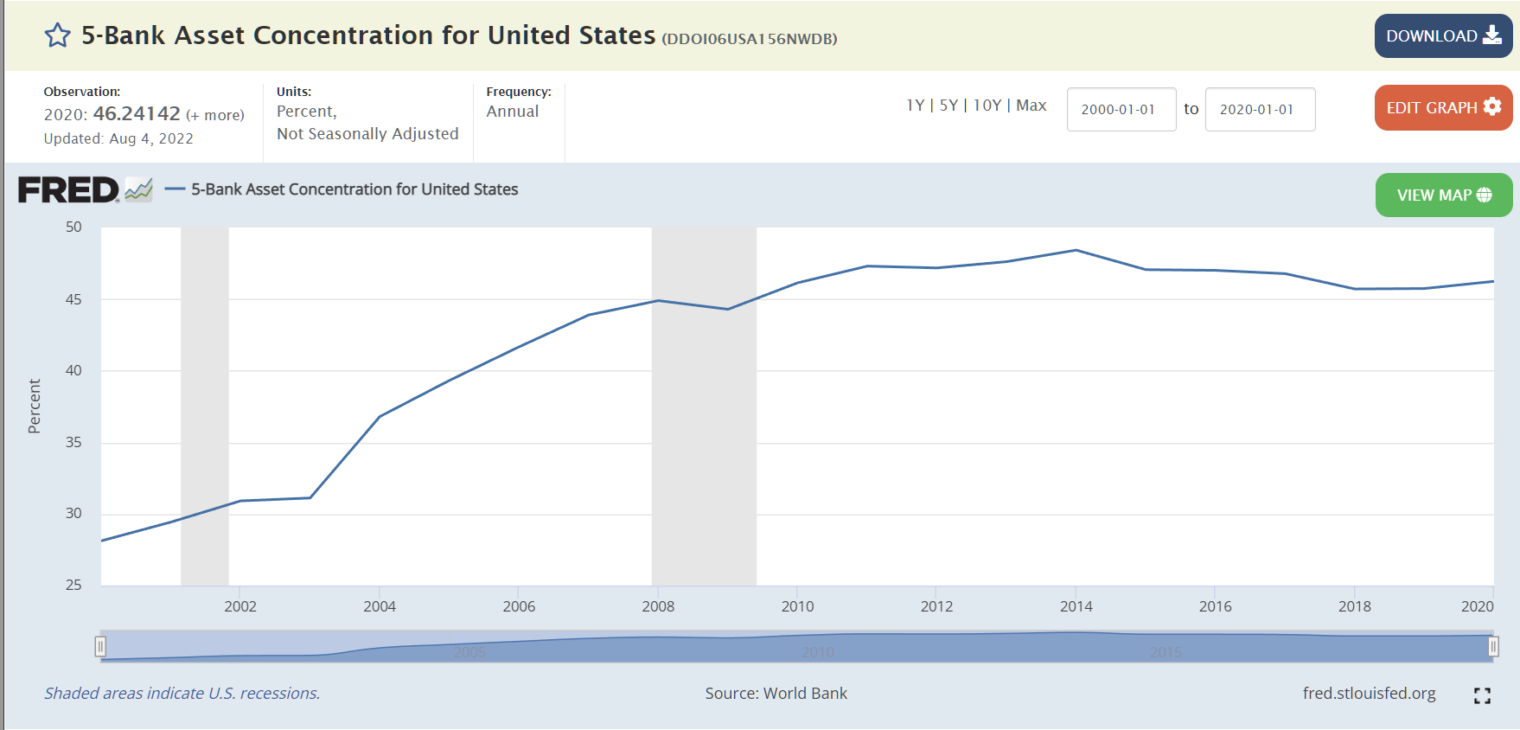If student loan forgiveness is illegal, can it still be accomplished via an infinite payment pause?
Continuing with our Thanksgiving theme, we can give thanks to the most generous members of our society. The most praiseworthy generosity is, of course, giving away money that other people earned. If we accept that stealing a neighbor’s car and donating it to charity makes me a more charitable person, Washington, D.C., is home to the world’s most generous humans. As we try to chew our dried leftover turkey, let’s look at a notable example of generosity from the central planners… “Biden extends student loan payment pause as debt relief plan remains on hold” (NBC):
The Biden administration announced Tuesday that it would extend the payment pause on federal student loans, as President Joe Biden’s debt cancellation plan remains blocked in court.
The payment pause, which was previously set to expire in January, will be extended until June 30 or until the litigation is resolved — whichever comes first. If the litigation has not been resolved by June 30, payments will resume 60 days after that.
“I’m completely confident that my plan is legal,” Biden said in a video announcement. “But it isn’t fair to ask tens of millions of borrowers eligible for relief to resume their student debt payments while the courts consider the lawsuit.”
Federal student loan holders have not been required to make payments since March 2020, when President Donald Trump signed the CARES Act, which paused payments through September 2020 and stopped interest from accruing to alleviate the economic impact of the coronavirus pandemic.
In theory it is Congress that sets the budget. So it might be illegal for a president to forgive loans, such that the borrowers don’t have to pay for their gender studies degrees and the cost can instead be shifted onto the working class. And, since Congress can spend money and transfer costs from the working class to the laptop class, the original payment/interest pause in 2020 was definitely legal. But maybe it is also legal for a charitable president with a big heart to keep extending the pauses via executive order. The loan isn’t “forgiven” (illegal unless Congress does it and more accurately described as “transferred to the working class”), but it never has to be paid so long as a great humanitarian/philanthropist is in the White House. The original value of the loan eventually becomes insignificant due to inflation.
Related:
- “Student Loan Pause Could Cost $275 Billion” (CRB): The pause costs over $5 billion per month and extending it through the end of 2024 would cost at least $120 billion. This would bring the total cost since Spring of 2020 to $275 billion. This represents about 70 percent of the cost of the President’s announced debt cancellation plan and is higher than the ten-year cost of President Biden’s proposal to double the maximum Pell Grant by 2029.















